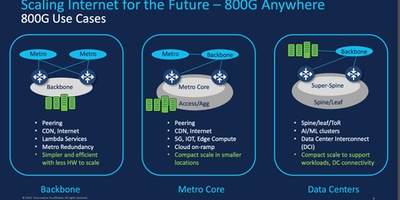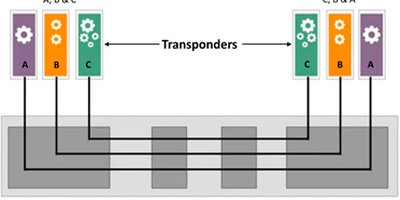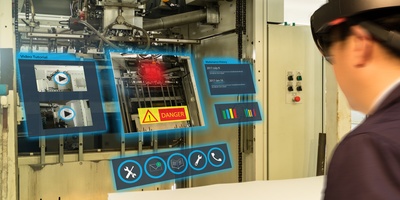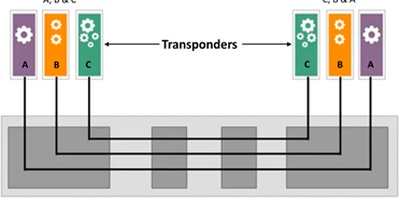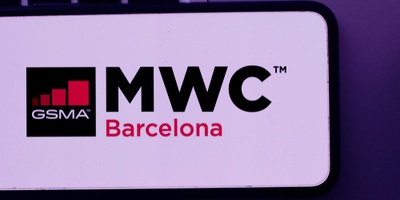
The Distributed Access Architecture (DAA) was developed to modernize the cable headend and to enable operators to meet the exponential growing demand for bandwidth. Although there are a few configuration options in DAA, a common element of all configurations is to move the PHY layer, which had been part of the integrated Converged Cable Access Platform (CCAP) and typically resided in the headend or the hub-site, to the optical node at the edge of the network.
Migrating to a Converged Interconnect Network
Traditionally, the links that ran between the I-CCAP and the node were analog and were thus expensive, difficult to manage, and required specialized expertise that has become increasingly difficult to find; furthermore, these links were solely reserved for the video/data traffic, making the asset utilization very suboptimal. When the PHY layer is moved the optical node, the link between the CCAP core (when the CCAP core remains in the headend) and the fiber node becomes a digital one. Adopting digital connectivity enables MSOs to use components that are widely used in the industry and are thus more cost effective; it also makes it easier to find the talent to manage those links. Furthermore, digital links carry much higher capacity than analog ones. This results in opex savings for operators. However, operators now must manage a complex network of CCAP cores and a significantly large number of nodes, which host the RPDs that are connected via 10 Gigabit Ethernet links in spine leaf configurations. The industry refers to such a network as Converged Interconnect Network (CIN). What’s more, the optical nodes and CCAP cores may be from different vendors; therefore, it is essential to ensure interoperability across the various components. Operators that are looking to migrate to Remote-PHY are already grappling with the challenges of designing, implementing and managing the CIN, and with the difficulties of supporting their existing services over the new network; therefore, MSOs, along with their vendors, are engaged in careful planning and are looking to retain and train resources to ensure the success of their network transformation. On the other hand, having the CIN in place brings enormous opportunities for operators. Unlike the dedicated analog links of yesterday, the CIN is a powerful network that can support not only their existing video and data services but can become the enablers for a host of additional capabilities, such as business services, wireless backhaul, 5G, and fixed mobile.
Addressing Changes in Operations
The migration to R-PHY has significant implications for the MSOs operating environment. For example, MSOs have several testing and monitoring systems that are designed to work within the parameters of the analog plant; these include tools such as SWEEP and leakage detection systems. These systems do not always work in the new digital environment, and in some cases, their function may become obsolete. Furthermore, operators have a significant number of operations and business support systems (OSS/BSS). It is important for them to work with a vendor that has taken great care to minimize the disruption to this operating environment by adapting the new solution to the existing framework to the extent possible. The good news is that the digital environment is much less prone to loss and signal degradation than the analog system; therefore, over the long run, operators will reap savings in operational costs because of better performance of the digital infrastructure. They are also likely to gain in improved operating metrics due to expected gains in SNR. These examples are only a sample of the many challenges the operators must consider when migrating to DAA, but they are not show stoppers. What they highlight is the importance of careful planning for such a transformative transition. What is equally important is to work with a vendor or group of vendors that have the expertise, depth and breadth to partner with the operator throughout the journey.










